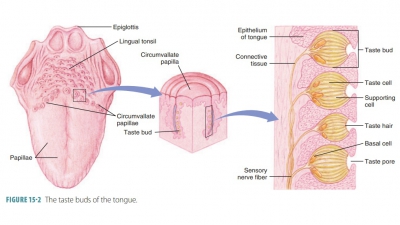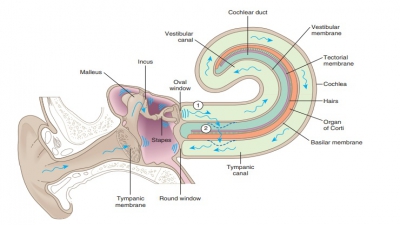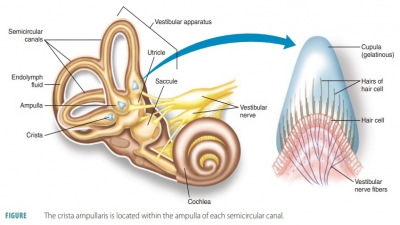Imbalances of the ANS (Autonomic Nervous System)
| Home | | Anatomy and Physiology | | Anatomy and Physiology Health Education (APHE) |Chapter: Anatomy and Physiology for Health Professionals: Autonomic Nervous System (ANS)
Because of its widespread effects, imbalances of the ANS and part of the PNS can cause a variety of out-comes.
Imbalances of
the ANS
Because of its widespread
effects, imbalances of the ANS and part of the PNS can cause a variety of
out-comes. These include hypertension, autonomic dysreflexia, and Raynaud’s disease. Autonomic disor-ders often cause the smooth muscles to be
overcon-trolled or undercontrolled. Hypertension is commonly referred to as high blood pressure and may be caused by
overactive sympathetic vasoconstrictor responses due to continuous stressors.
It is a serious condition because it causes the heart to work harder than
nor-mal leading to heart disease and may harm the walls of the arteries.
Treatments for hypertension may include adrenergic receptor-blocking drugs,
which counteract sympathetic nervous system effects on the cardiovas-cular
structures.
Autonomic dysreflexia occurs due
to uncontrolled activation of autonomic neurons. This life-threaten-ing
disorder is common in quadriplegics and those who have spinal cord injuries
above the T6 level within one year after injury. Triggers for
autonomic dysreflexia include overfilling of the urinary blad-der or another
visceral organ or painful skin stimuli. The arterial blood pressure then
becomes danger-ously high and may cause a blood vessel of the brain to rupture,
which precipitates a stroke. Symptoms of autonomic dysreflexia include flushing
of the face, headache, cold and clammy skin below the area of the injury, and
sweating above the area of the injury. This disorder’s actual mechanism of
action is not fully understood.
Raynaud’s disease is often caused
by exposure to emotional stress or cold temperatures and is an exaggerated
response of vasoconstrictive activities. The patient experiences intermittent
attacks, with the skin of the fingers and toes becoming pale at first and
eventually cyanotic and painful. The disease may be an uncomfortable condition
or can cause severe con-striction of the blood vessels, leading to ischemia and
gangrene (death of tissue). Adrenergic blockers and other vasodilators are
often used for treatment. If the disease is extremely severe, preganglionic
sympathetic fibers that serve the affected regions are surgically sev-ered (sympathectomy). Dilation of the involved
vessels can then occur and adequate blood flow to the region is reestablished.
1. Explain
the effects of sympathomimetic drugs.
2. Differentiate
between sympathetic tone and parasympathetic tone.
3. Explain
how the sympathetic nervous system may be linked to hypertension
Related Topics



